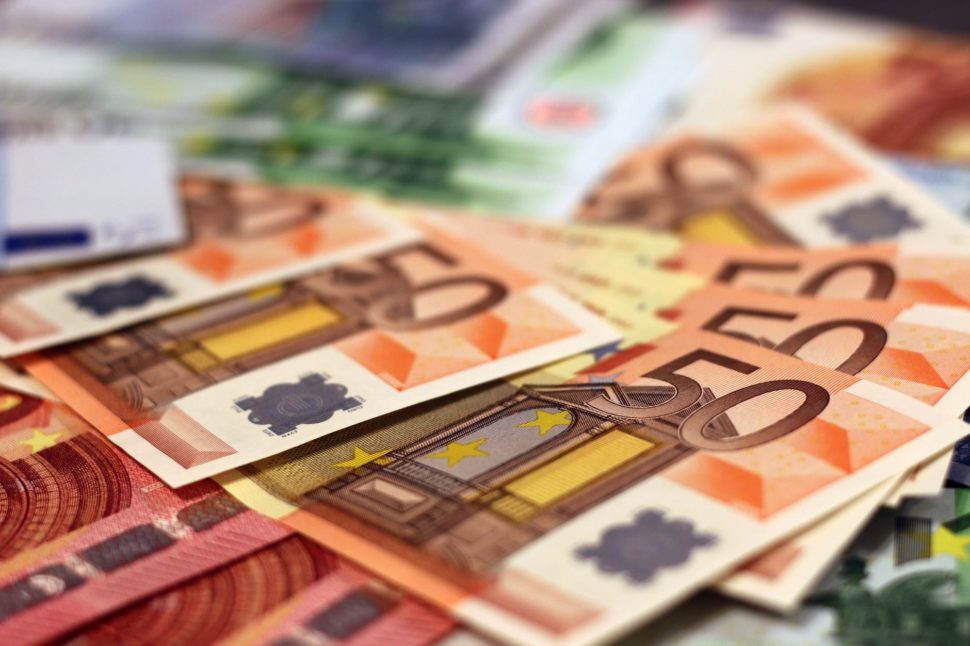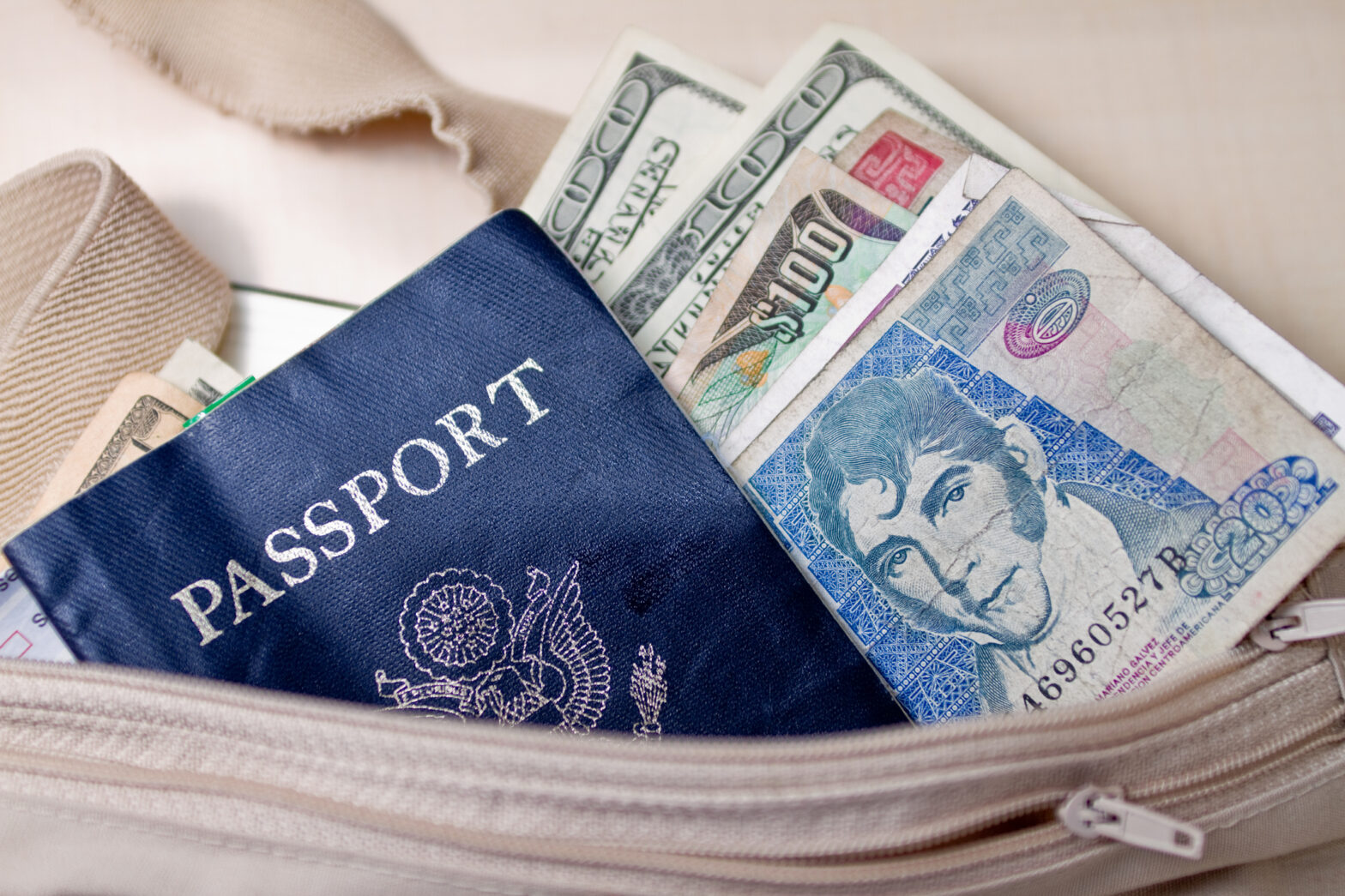When traveling, some people often seek comfort in the familiar, including the type of currency. However, this preference has proven to be an expensive choice for tourists withdrawing money or making electronic payments abroad.
Imagine dining at a restaurant in a foreign country and being presented with the option to pay on the card reader. It may seem convenient and reassuring, as the bill is instantly converted into a currency you understand. Giving you a better sense of your expenses. Don’t be fooled, as this convenience comes at a steep price.
Dynamic Currency Conversion

A study reveals that the average fee for this so-called “dynamic currency conversion” is a staggering 7.6 percent. That’s more than double the cost of paying in the local currency. Despite the initial appeal, choosing to pay in your home currency can significantly inflate your bill.
International Customers Prefer To Pay In Home Currency
Surprisingly, over half of international customers still opt for paying in their home currency, despite the exorbitant fees. This can be attributed to a preference for the familiar when dealing with money abroad. However, it’s worth noting that these fees are not explicitly disclosed to customers. While tourists may see the applied exchange rate, they are unaware of the hidden fees or how it compares to other rates.
While tourists bear the brunt of these excessive fees, the providers of dynamic currency conversion rake in substantial profits. These companies earn significant conversion revenues, with a portion often shared with the businesses where the transactions occur. Retailers can enjoy additional revenues of around 1 percent of the transaction value, and some department stores even train employees to encourage foreign customers to pay in their home currency.
Regulators In Europe Have Taken Action
Government regulators have been reluctant to intervene, except in the European Union. The EU recognizes excessive transaction costs as a hindrance to business development and aims to protect consumers. Proposed EU regulations seek to enhance transparency by requiring additional information about the costs of currency choice on card readers and ATMs, although they have not yet been enforced.





